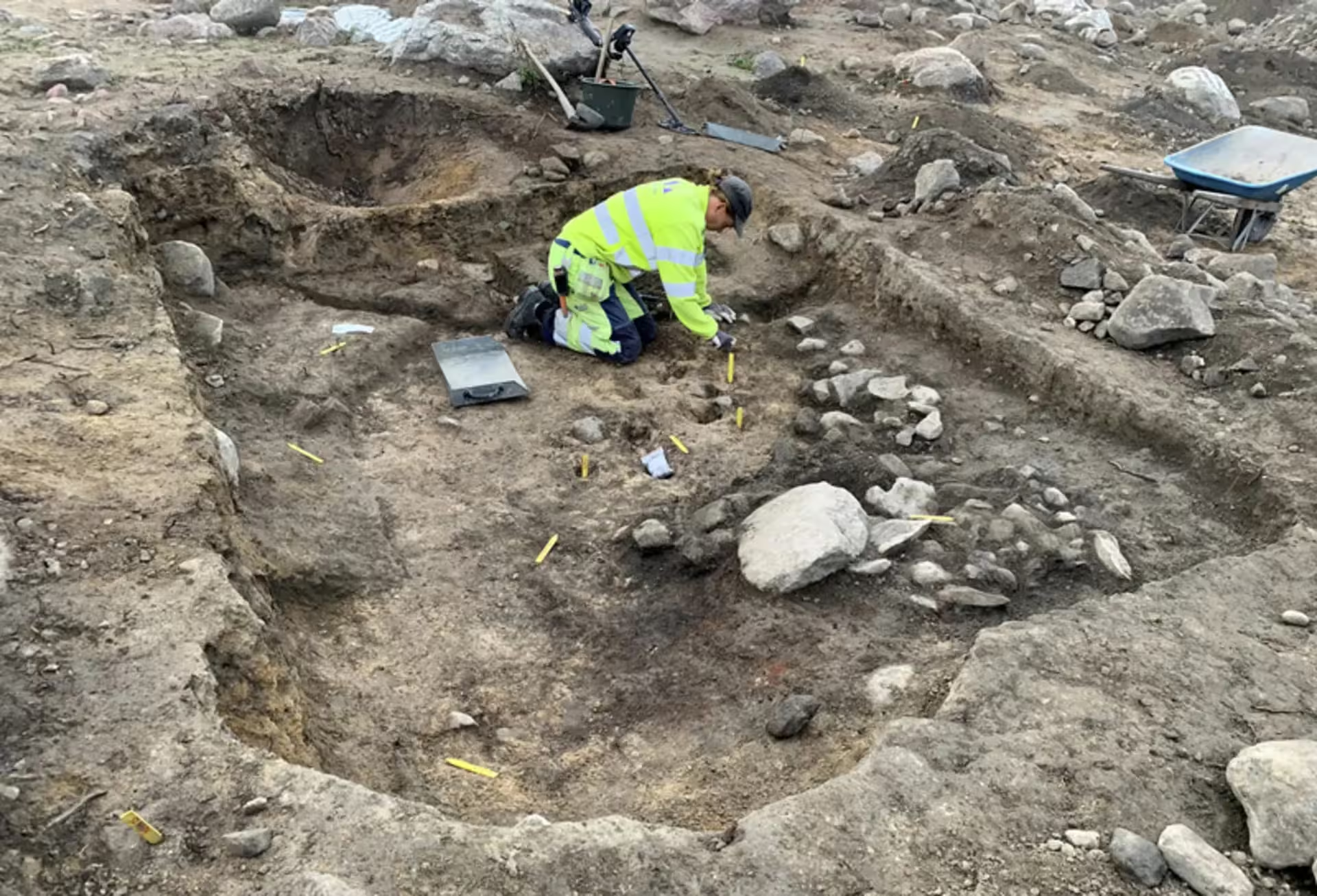3 Minutes
Major Archaeological Discovery Reveals Viking-Era Silver Hoard in Sweden
Archaeologists have uncovered a remarkable Viking-era silver treasure in Täby, Sweden, providing new insights into the extensive trade routes and cultural exchanges of the early medieval period. The excavation, conducted by a team of Swedish researchers, revealed the remains of 34 ancient buildings, a burial ground, and more than 1,450 artifacts in the region. Among the most significant findings is a large collection of intricately crafted silver items, including decorative bracelets, necklaces, a silver pendant, prayer beads, pearls, and pendants fashioned from coins.
Evidence of Far-Reaching Trade: Coins from Persia and Beyond
A key highlight of the discovery was a ceramic vessel containing a fabric pouch filled with coin pendants, cereal grains, medicinal herbs, and pearls. Experts have determined that the coins used to create several of the pendants originated as far afield as Persia (modern-day Iran), Bavaria, Bohemia, Normandy, and England. This variety of coinage demonstrates the Vikings' far-reaching trade connections across Europe, the Middle East, and Asia, illustrating the global nature of commerce during the Viking Age.

Significance of the Silver Hoard and Site Context
According to John Hamilton of the Swedish History Museum, the uniqueness of the silver hoard lies not only in the diversity of its objects but also in its close association with both agricultural life and burial practices at the site. "This discovery is exceptional due to the rich assortment of silver artifacts and its direct link to the farmstead and burial area," Hamilton stated. Experts suggest that the treasure was likely interred as part of a ceremonial ritual, possibly to honor a high-status woman who had passed away.
The settlement itself is situated on a small hill overlooking the woodlands surrounding Vigbyholm in Täby. Archaeological evidence indicates that this location was continuously inhabited and cultivated from around 500 CE to 1050 CE, spanning from the Late Iron Age to the beginning of the Middle Ages. Numerous pieces of ancient pottery were also recovered at the site. While some vessels were produced from local clay, their shapes closely resemble ceramics commonly found along the Baltic Sea coast—suggesting that some community members may have migrated from other regions.
Conclusion
The discovery of the Viking silver hoard in Täby illuminates the complexity and reach of Viking trade networks, as well as the multicultural influences shaping northern Europe during this period. The presence of Persian and other foreign coins highlights the Vikings' connections with distant lands, while the context of the find offers rare insight into the funerary and daily life practices of early Scandinavian societies. Continuing research and excavation promise to shed more light on the rich history concealed beneath Sweden's soil.



Comments